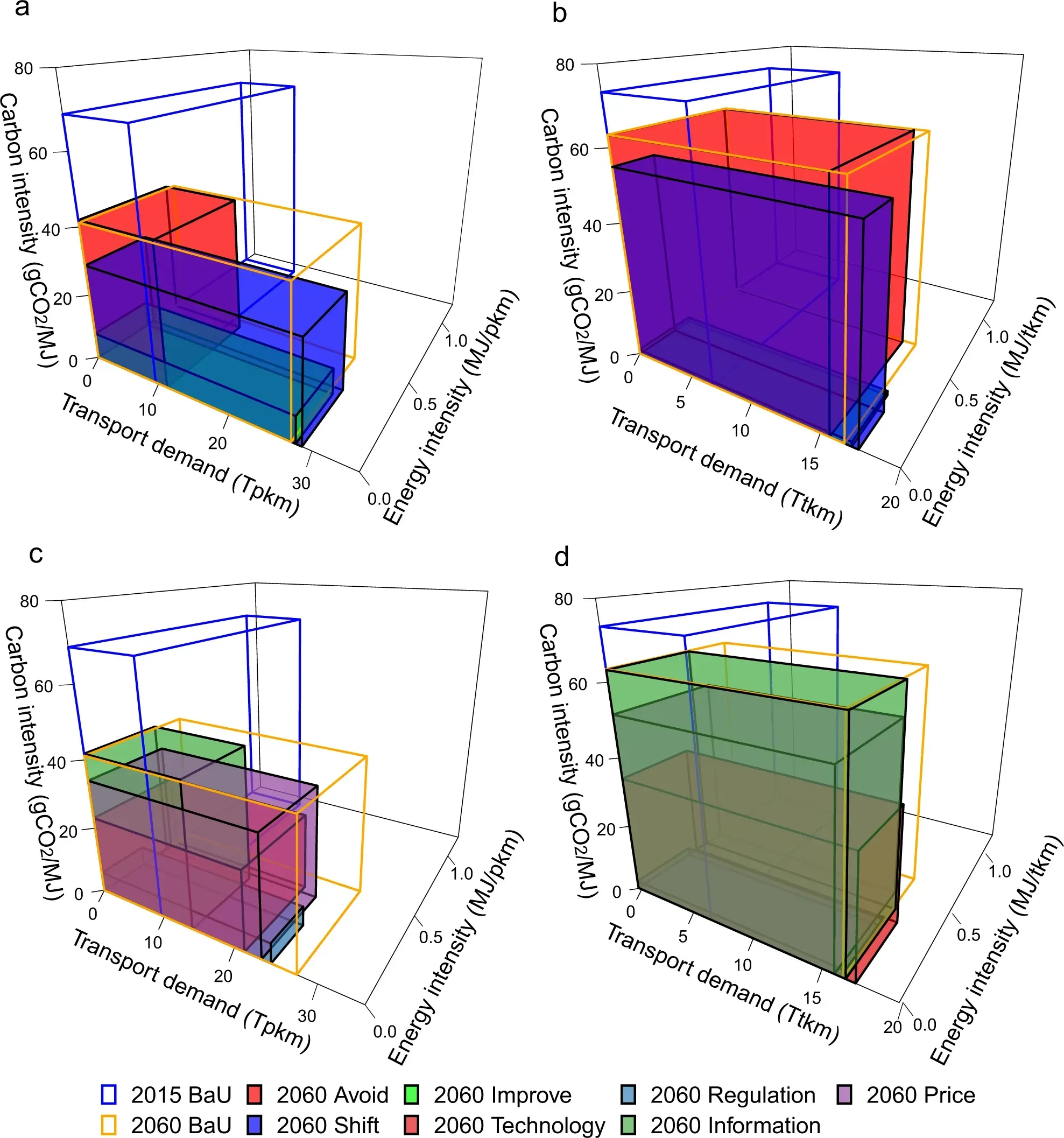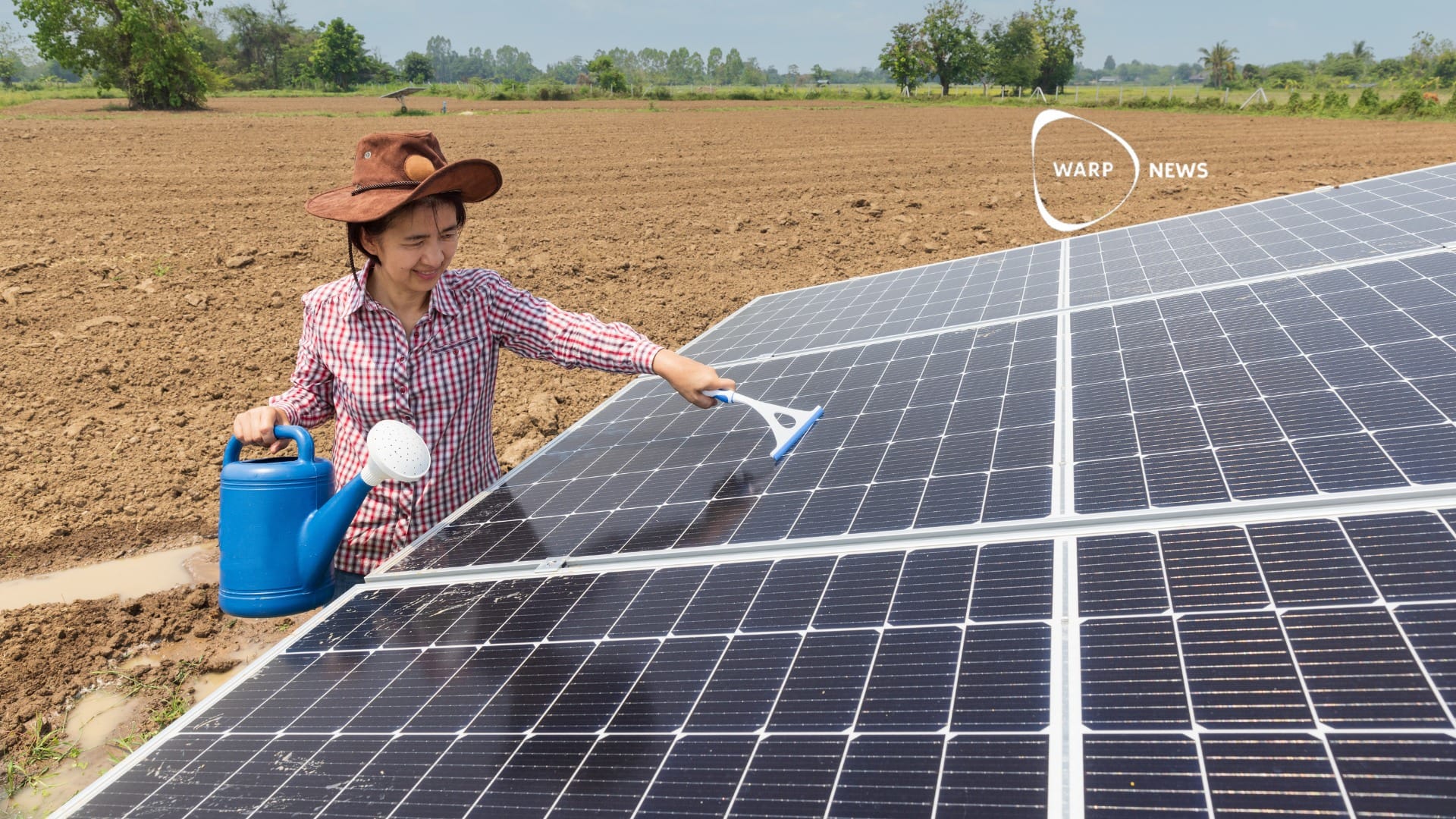
📝 New framework can improve climate policies
A new framework that integrates more relevant variables can improve policies aimed at reducing CO2 emissions. A new study shows the complicated relationship between approach and regional conditions.
Share this story!
The desire to become carbon neutral continues to grow worldwide; among other things, China, which accounts for about 30 percent of the world's emissions, has set itself the goal of becoming carbon dioxide-neutral by 2060. However, the road there is not entirely simple, as there are a number of factors that are connected and to varying degrees are decisive for a drastic emission reduction must succeed.
According to researchers at Hiroshima University, the most common frameworks for modeling carbon dioxide emissions in the transport sector tend to focus on factors such as behavior, land use and energy use – at the expense of other factors that can themselves be decisive. Therefore, they have developed a new model that takes into account more variables, with the aim of giving policy makers a greater overview, so that they can therefore choose the best way to go.
The new model integrates transportation models and energy system models into an "avoid-shift-use" (A-S-I)- framework, and has been tested separately on China's 31 regions, rather than on China as a whole. In the study, 12 different scenarios were compared with a "business-as-usual" scenario. The transport model in the framework calculates for specific requirements for the region, which are then passed on to the energy model which estimates the future energy mix, energy consumption and CO2 emissions. The data is then sent back to the transport model to recalculate general transport costs with an updated energy mix.
In the study, the researchers also applied four instruments: technology, regulation, information and price, to each individual category in the A-S-I method, and the results showed different advantages and disadvantages in the 12 different scenarios and in each individual region. According to Runsen Zhang, co-author of the study, the results show the need for region-specific policy packages - while the study highlights the necessary compromises between different approaches to achieve an effective reduction in emissions - as the approaches affect each other.
In order to succeed in becoming carbon neutral in the long term, the implementation of the policy recommendation needs to be carefully balanced to maximize synergy and minimize compromises between strategies and instruments. To bridge the gap between transportation, climate studies, policymakers and climate experts also need to come together and develop innovative solutions that move us toward carbon neutrality, according to Zhang.
The study was published in Nature Communications and can be read here in its entirety.
By becoming a premium supporter, you help in the creation and sharing of fact-based optimistic news all over the world.


